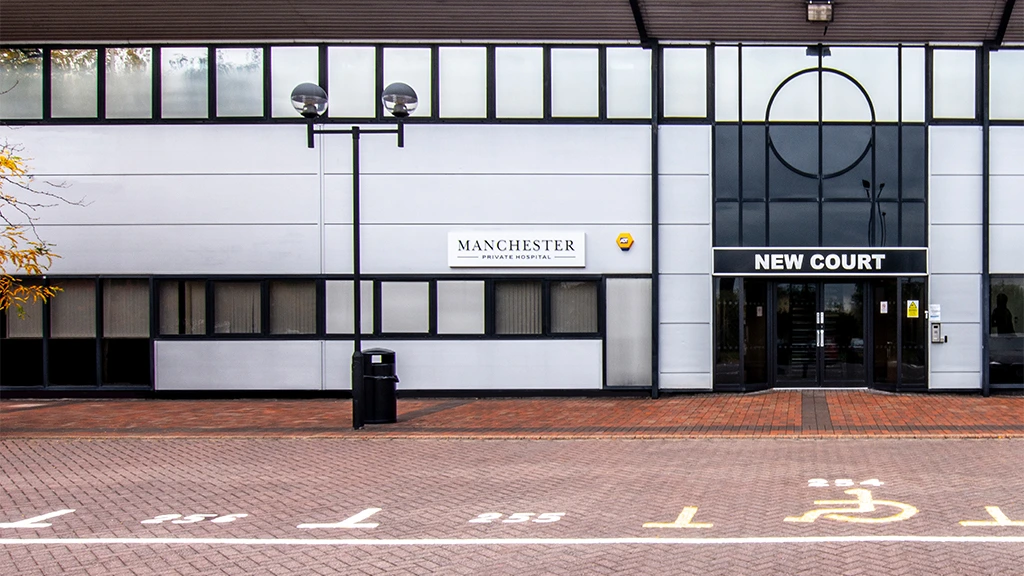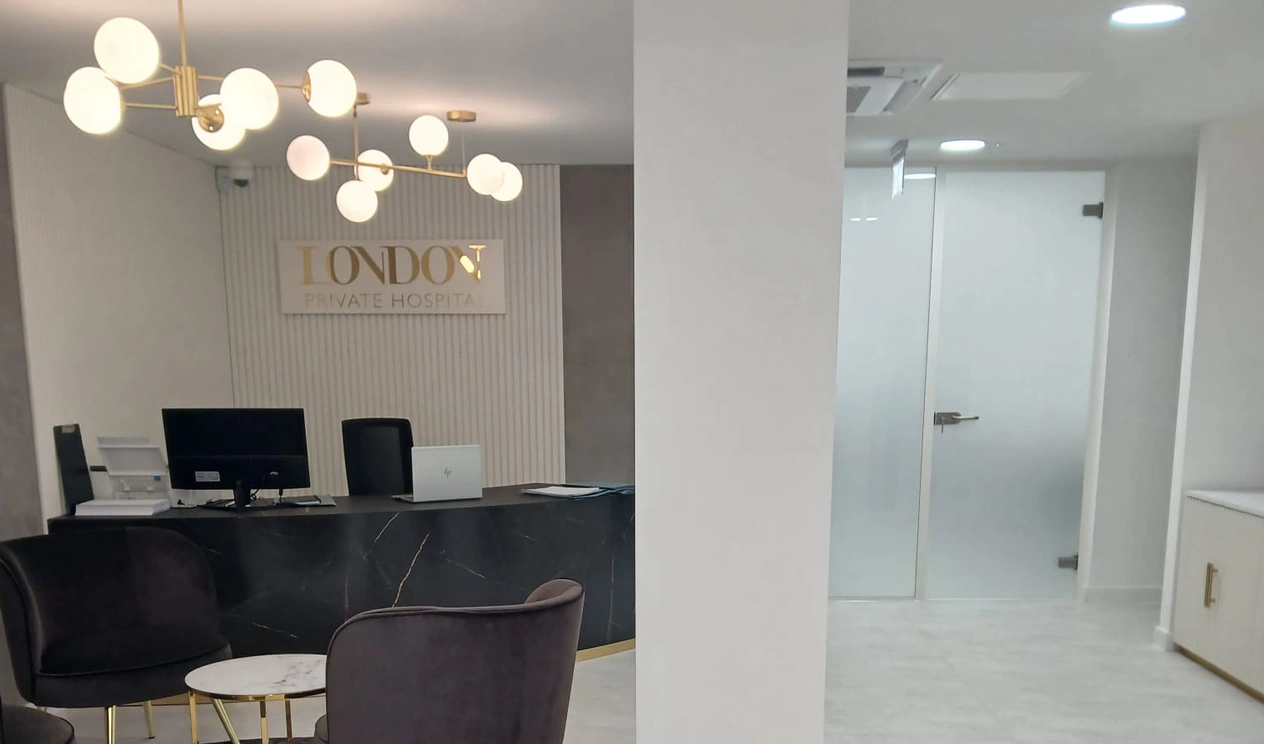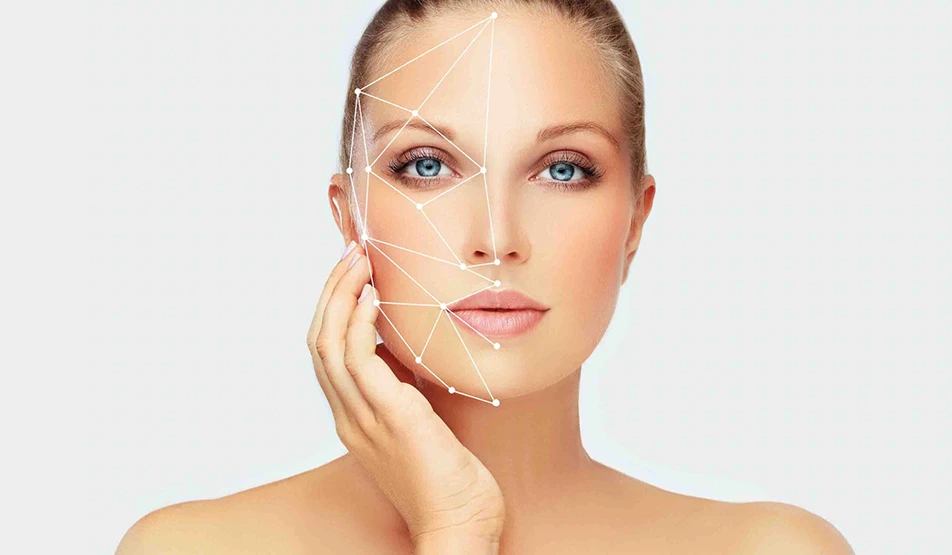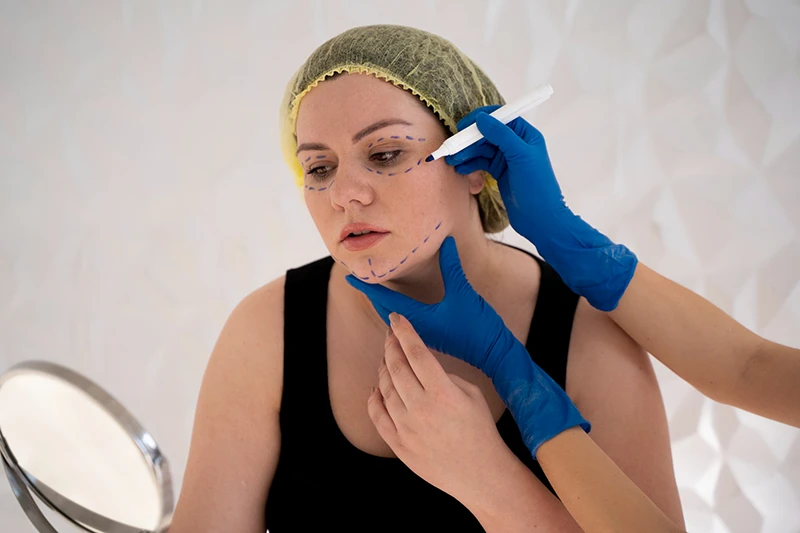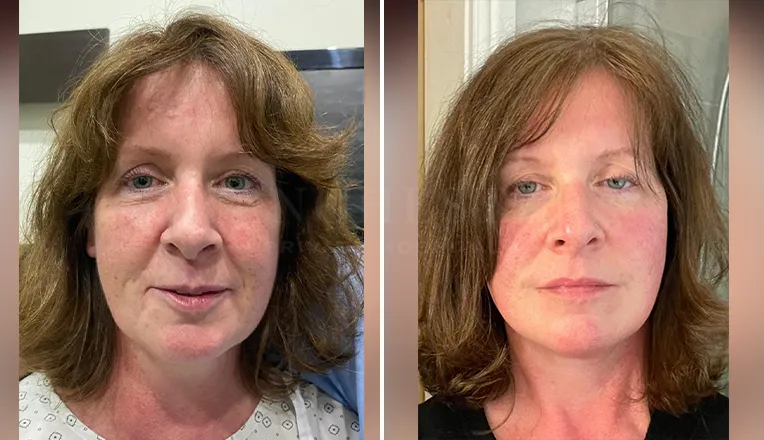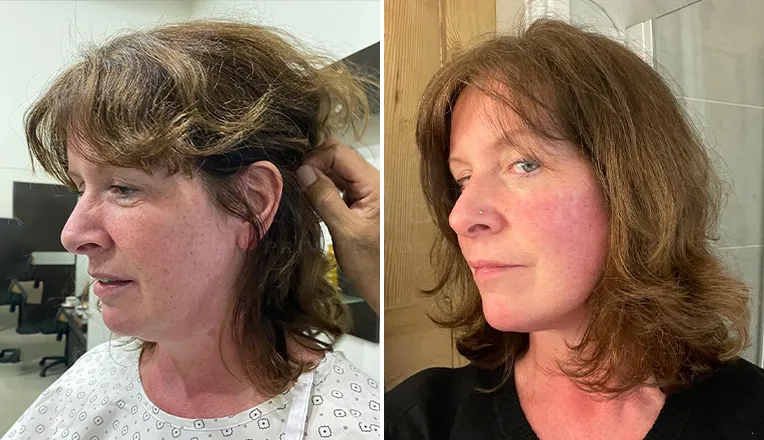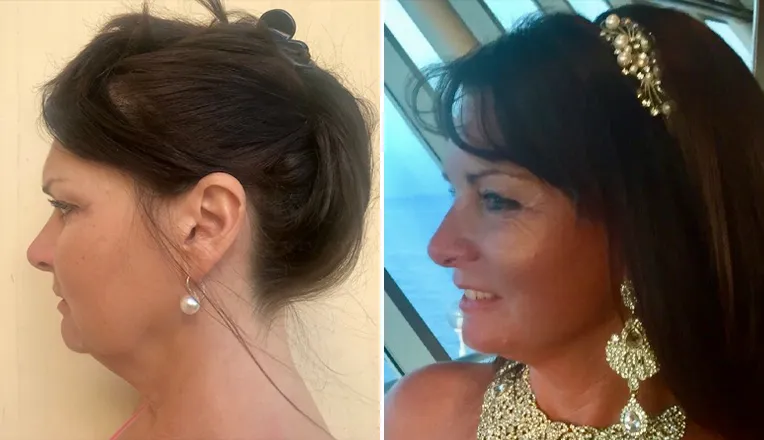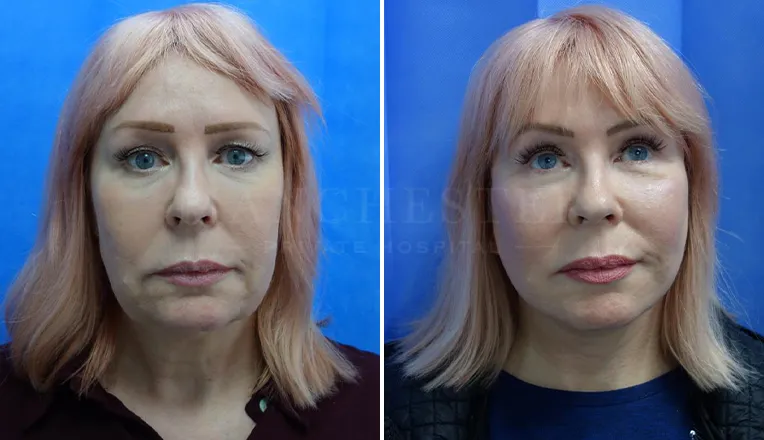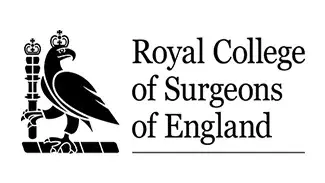This Article Covers:
- What Is The Face Beauty Ratio?
- The Science Behind Numbers
- How to Measure Your Face Beauty Ratio
- Cosmetic Procedures to Achieve Facial Symmetry
- How to Get a Beautiful Face: Melding Science with Art
- Technological Advancements Towards Achieving The Face Beauty Ratio
- Conclusion: Embracing the Face Beauty Ratio
- FAQ
The golden ratio in beauty relates to face symmetry, and its mathematical beauty is fascinating. What constitutes beauty has been an ever-evolving subject with innumerable hypotheses, research, and methods designed to systematically analyze why some faces are easier on the eyes than others. Out of these, the facial beauty ratio, or the golden ratio, is believed to be a mathematical method for determining the beauty of a face. It is estimated that this ratio is around 1.618:1, which seeks to define the beauty of facial features with perfect harmony. This article will elaborate on the face beauty ratio, how it affects the perception of beauty, and how modern surgical techniques can assist people in achieving these golden proportions.
What Is The Face Beauty Ratio?
The Golden Ratio is a distinctive feature of beauty which has its origins in ancient Greece. First, it was defined by Euclid and later used by Leonardo Da Vinci in his artwork. This principle is present in the domains of nature, fine arts, buildings, and even in the human body, as it is presumed to serve as the limit of beauty.
Facial aesthetics defines it as the proportional relationship between different elements of the face. Features like the distance between eyes, the width of the nose, the length of the chin, and facial symmetry are used to calculate it. When these features fit within the Golden ratio, the face is perceived to be more attractive, balanced, and harmonious.
The Science Behind Numbers
Many research studies indicated that symmetry and proportion of a face have a vital contribution to how beauty is perceived. It has been established that people with facial features closer to the Golden Ratio are voted more appealing in face evaluations and rating surveys. This is because human beings have an innate tendency towards symmetry and balance, as these factors can indicate health, fertility, and genetic health.
Research conducted and published in the journal Psychological Science revealed that participants rated faces with proportions similar to the Golden Ratio as more appealing regardless of their ethnic and cultural identity. This goes to show that the beauty face ratio is a standard that is not limited to culture.
How to Measure Your Face Beauty Ratio
If you wish to analyze how close your facial features are to the Golden Ratio, you can use this analysis:
1. Forehead to Chin Ratio: From your hairline to the chin is the length of your face. Divide this length by the width of the face at its widest point, which is across the cheekbones. The ideal ratio is approximately 1:1.68.
2. Eye Spacing: Measure the distance separating the inner corners of your eyes. This distance must equal the width of one eye.
3. Nose Width: The distance separating your eyes ought to be approximately equal to the nose width at the base.
4. Lip Proportions: The width needs to be approximately 1.6x more than the nose width.
5. Chin Length: Your chin length, starting from the bottom of your lower lip to the tip of your chin, should be a third of the length of your face.
While these proportions can give you a rough picture of what is ideal, it’s imperative to note that beauty is in the eye of the beholder, and different attributes may still be beautiful. Therefore, it is not recommended to pursue perfection for proportions
For those looking to contour their face, some cosmetic procedures can help achieve features closer to the golden ratio.
Cosmetic Procedures to Achieve Facial Symmetry
Non-surgical and surgical operations in modern-day medicine have emerged, which allow for a more precise refinement of facial features in accordance with one’s Golden Ratio. Here, we delve into some of the most sought-after surgeries that help achieve facial balance.
1. Rhinoplasty (Nose Job): As a central feature of a person’s face, the shape and size of the nose may contribute a lot to the facial harmony and overall beauty. Rhinoplasty is a straightforward surgical procedure where the surgeon restructures the nose by changing its width, length, and angle to help it match with the rest of the facial features. This can be done by reducing the width of the nose to more closely match the distance between the eyes, as well as refining the tip of the nose to create a more favorable profile. Enhancing these features will improve the facial symmetry and overall attractiveness.
2. Chin Augmentation: Commonly used to balance the face’s contour, since a well-defined chin improves the “counterpoint” for the nose and forehead. Chin augmentation through implants or dermal fillers works by changing the chin’s protrusion and shape. This improves its alignment with the Golden Ratio (aka ideal beauty.) Chin augmentation is beneficial for people with a receding chin where the nose is overly prominent in proportion to other facial features.
3. Cheek Augmentation: Youth and beauty, especially in women, are often associated with high cheekbones. Cheek implants or injectable fillers are effective in enhancing the projection and contour of the cheeks. Cheekbone enhancement achieves a slimmer-shaped face and improves facial symmetry while elevating the cheekbones.
4. Brow Lift: The way a person feels is most noticeable in their eyebrows. By a surgical or a non-surgical brow lift, the eyebrows can be raised and reshaped mildly, giving the person a more youthful appearance. Lifting the brows to a more aesthetically pleasing position also ensures that the upper and lower regions of the face work together to create a more balanced appearance.
5. Lip Augmentation: Beauty and youth are believed to be embodied by hyperemic lips, which portray youthfulness and vitality. Lip fillers, along with fat transfers, volumize the lips and sculpt them to what is deemed ideal. Moreover, this technique can augment the balance between the lips and other traits of a more attractive face, which comprise the chin and nose.
6. Jawline Contouring: Facial beauty is incomplete without a firm jawline, which is the most appealing part of someone’s facial features. Jawline contouring enables a person to sculpt the jaw into a more pleasing, sloped outline with either surgical procedures or injectables designed to give more definition to the jaw. This procedure is suitable for people who have a jaw that is weak or asymmetrical. It gives facial harmony, therefore, enhancing symmetry and changing the proportions.
7. Facelift: With time and age, a person’s skin loses its elasticity naturally. As a result, facial features tend to sag and lose their normal proportions. A facelift is a surgical procedure aimed to improve the appearance of the face by tightening skin and underlying tissues to achieve a youthful balance. With the repositioning and lifting of facial features, a facelift provides the perfect way to realign the face with the golden ratio.
How to Get a Beautiful Face: Melding Science with Art
Achieving a beautiful face is not merely about changing one individual feature, but more about creating harmony between them. It requires a balanced approach that is artistic and scientific in equal measure.
It is imperative to partner with a trusted surgeon. As always, a tailored solution is the magic formula since what pleases one person does not fit someone else.
Along with surgical and nonsurgical treatments, a healthy lifestyle may improve facial beauty. Skincare, a balanced diet, exercise, and sufficient sleeping hours may enhance one’s features and keep the skin healthy and youthful for longer.
Technological Advancements Towards Achieving The Face Beauty Ratio
Technology has improved cosmetic surgery, making it easier to achieve ratios that are considered proportionate. With the use of 3D imaging technology and a computer, surgeons can now create detailed images and a plan for the procedure.
3D imaging is becoming more widely used to assess facial proportions and to determine what treatments may be most beneficial. Patients and cosmetic surgeons can see the possible outcomes of different surgeries and adjustments before the patient undergoes surgery. This technology also allows a more accurate and personalized approach to ensure that the result meets the expectations and beauty standards.
Conclusion: Embracing the Face Beauty Ratio
The science behind beauty can be defined by the face beauty ratio or the golden ratio. Since there are many factors affecting one’s beauty, this ratio is only to be viewed as a tool that helps refine and improve the face proportions.
With the help of advanced cosmetic treatments, an individual-centered approach, and lifestyle changes, achieving the aesthetic idealized by the Golden Ratio becomes attainable. The shift towards a better facial structure can either be a subtle or drastic change. Understanding the face beauty ratio is the first step toward achieving balance, symmetry, and proportion.
Beauty is a personal thing, and the Golden Ratio should only be viewed as a point of guidance, since it falls short in truly showcasing where beauty rests: it rests within the person. When one accepts and embraces their natural features, true beauty shines as well as uniqueness.
FAQ
Is facial symmetry the same as the Golden Ratio?
Not exactly. While symmetry is a key factor in perceived beauty, the Golden Ratio considers proportional relationships between various facial features rather than just symmetry.
Does everyone need to follow the Golden Ratio to be beautiful?
No. Beauty is purely subjective and influenced by cultural and personal preferences. While the Golden Ratio is a guideline that can be used to determine what can be improved and perceived as beautiful, individuality and uniqueness play a bigger role in attractiveness.
Is the Golden Ratio scientifically proven to define beauty?
There is some scientific basis to suggest this, but beauty is also influenced by genetics, trends, and personal perception. The Golden Ratio serves as a guideline rather than a strict rule.
Are there any risks in trying to achieve the Golden Ratio with cosmetic procedures?
Yes. Excessive procedures can lead to an unnatural appearance and scar formation. It’s critical to consult with a medical professional to guide you in your journey.
Should I undergo cosmetic procedures only to match the Golden Ratio?
No. The goal of cosmetic procedures should be enhancement, not perfection. It’s best to focus on natural-looking improvements that enhancing your unique features.
Facelift Before and After Gallery
Read Our Patient Reviews
Explore our reviews made by real patients
Meet Our Expert Surgeons
Get to know our highly experienced surgeons
Consultation Locations
We offer Consultations from a number of locations around the UK
Prices and finance
We have partnered with Chrysalis Finance, allowing patients to apply for cosmetic surgery finance for all our procedures
Consultation Locations
Manchester Hospital
Manchester Private Hospital New Court, Regents Place, Windsor
Street Salford, Greater Manchester, M5 4HB.
